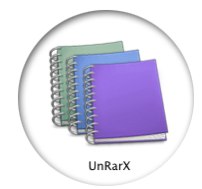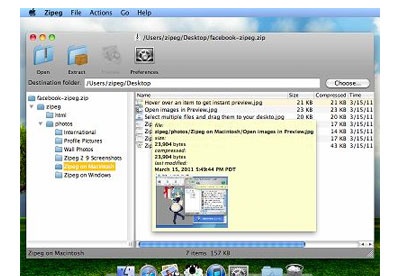

If you want to zip multiple files without first adding them to a folder, that's also possible with Archive Utility. Note the zipped file or folder will be created in the same location as the file or folder you zipped. Note: if you'd like to zip multiple files, it's best to put those files in the same folder. Find the file or files you want to zip.Here's how to zip a file on Mac with the Archive Utility: Its functionality is limited, but it's a decent option for quick zipping and unzipping of files and folders when you need to open zip files someone has sent you. Your Mac's simple Archive Utility, stored in the Applications > Utilities folder, is a simple, direct way to zip files. There’s also a built-in macOS utility that allows you to compress and decompress files and folders. How to zip files on a Mac with native utility



Zipping files is a time-tested method, and is largely unchanged. It uses the '.zip' filename, and its icon is typically a folder with a zipper running up the middle. If you've ever downloaded an app or extension directly from a developer website, chances are it was a zipped file. You often encounter zip files in emails, as mentioned, but also when downloading from the internet. What is a zip file?Ī zip file is a lossless way to compress and archive files and folders. Below, we are going to explore how to unzip files on Mac, how to create zip archives, and showcase some archivers that make it really easy to zip and manage zipped files. How do you open a zip file on a Mac? Or what's the best way to do that? There are, of course, several methods for creating archives, such as built-in utilities, Terminal, and third-party apps.


 0 kommentar(er)
0 kommentar(er)
